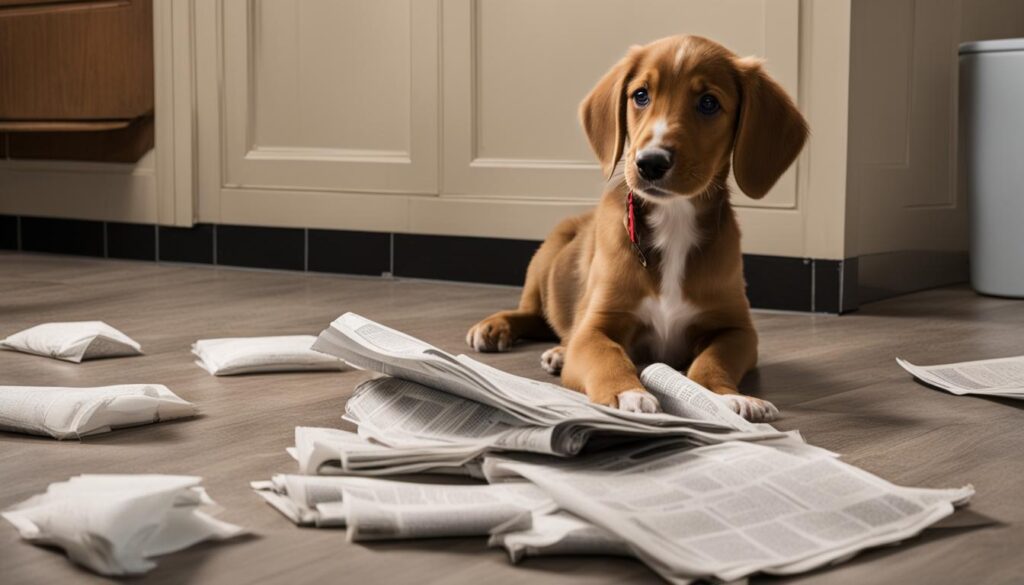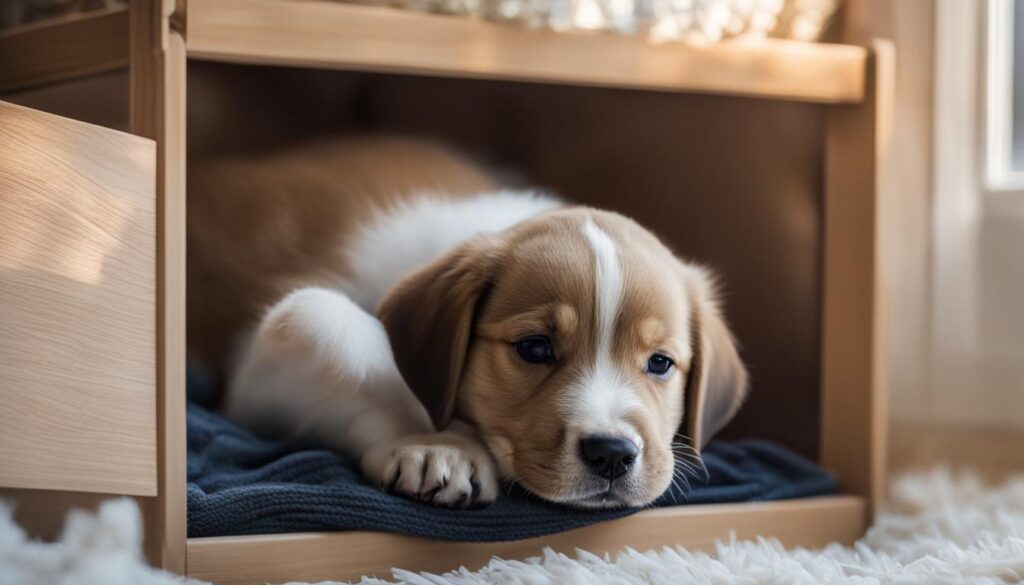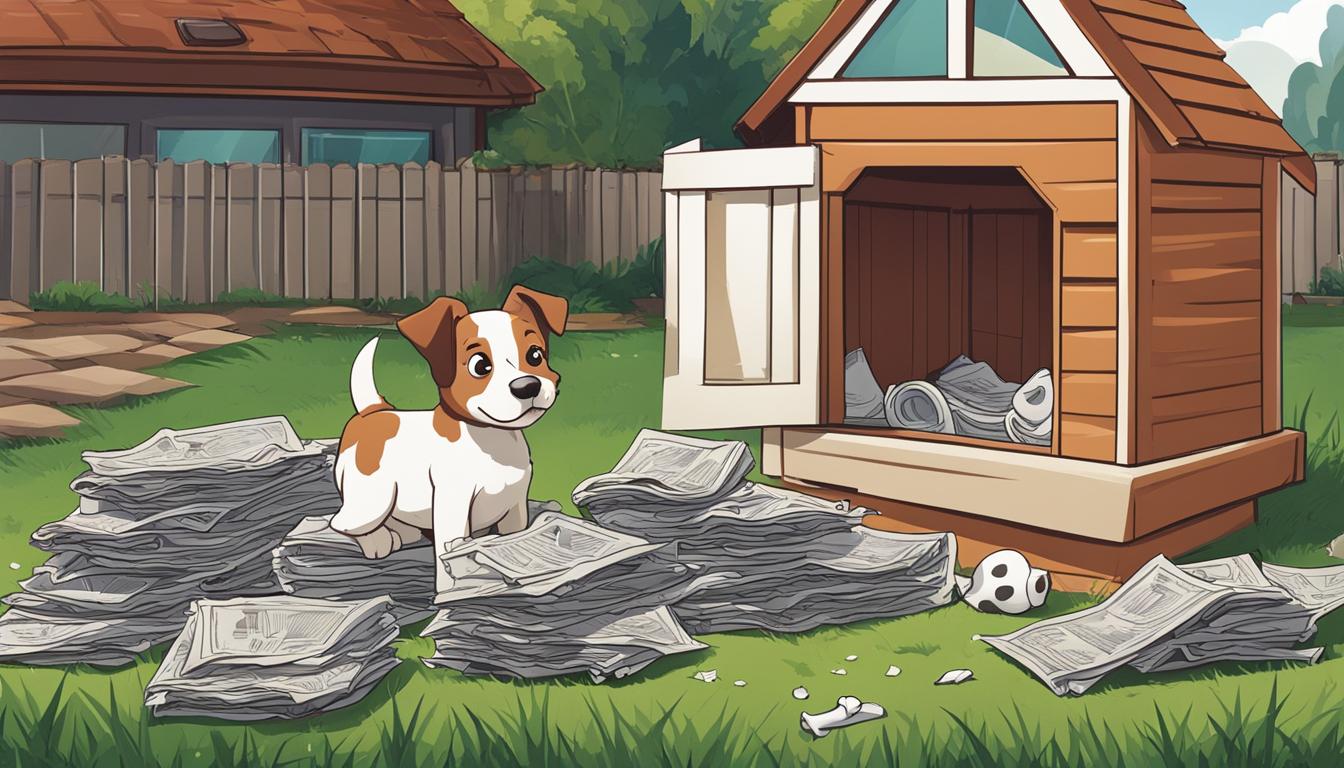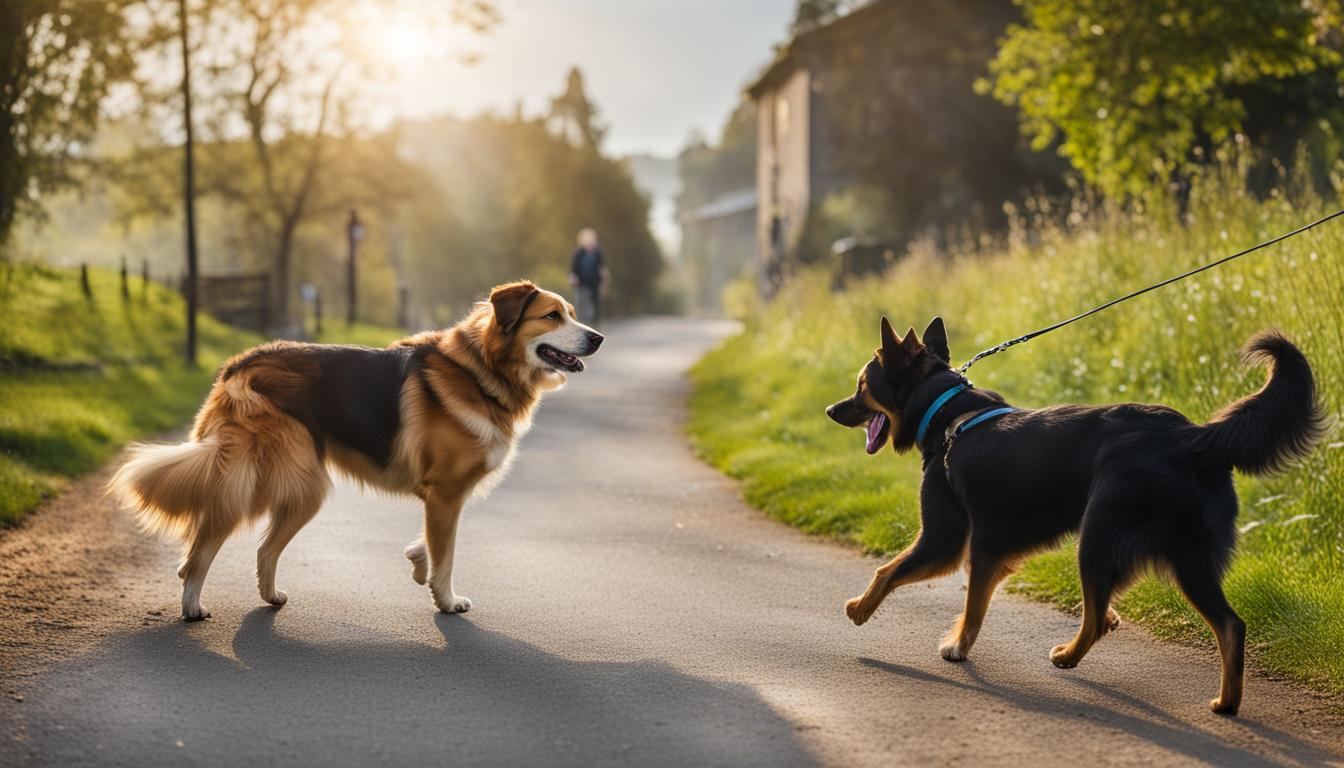Housebreaking and potty training are crucial aspects of owning a dog. Whether you have a puppy or an older dog, it’s important to establish effective strategies that will make this process easier and more successful. By following research-backed tips and techniques, you can ensure a clean and happy environment for both you and your furry friend.
When it comes to housebreaking, consistency is key. Establishing a regular schedule for feeding, bathroom breaks, and exercise helps your dog understand when and where they should eliminate. This routine also allows you to identify signs that your dog needs to go outside, making the potty training process smoother.
Crate training can be a valuable tool in housebreaking your dog. Dogs naturally avoid eliminating in their sleeping areas, so confining them to a crate of appropriate size helps reinforce this instinct. Gradually increasing the time your dog spends outside the crate as they become more reliable further strengthens their bathroom habits.
While housebreaking can have its challenges, patience and positive reinforcement are key. Older dogs may have existing habits that require extra effort to break, but with consistent training methods and a reward-based approach, successful potty training is still achievable.
Remember, every dog is unique, so it’s important to adapt your housebreaking techniques to suit their individual needs. By following these research-based tips and techniques, along with providing consistency and positive reinforcement, you can effectively housebreak your dog and build a strong and lasting bond.
Key Takeaways:
- Consistency is crucial when housebreaking your dog. Establish a regular schedule for feeding, bathroom breaks, and exercise.
- Crate training can be an effective method for housebreaking. Use a crate of appropriate size and gradually increase time spent outside the crate.
- Patience and positive reinforcement are key when overcoming potty training challenges, especially with older dogs.
- Adapt your housebreaking techniques to suit your dog’s individual needs.
- By following research-based tips and techniques, along with consistency and positive reinforcement, you can successfully housebreak your dog.
The Importance of Consistency in Housebreaking
Consistency is key when it comes to housebreaking your dog. By establishing and maintaining a regular routine, you can effectively teach your furry friend where and when they should eliminate. This helps to prevent accidents and speed up the housebreaking process.
One crucial aspect of consistency is observing your dog’s behavior and recognizing the signs that indicate they need to go outside. These signs can vary from pacing and sniffing to circling or whining. By being attentive to your dog’s body language, you can anticipate their needs and take them outside promptly.
Positive reinforcement is another vital component of consistent housebreaking. When your dog eliminates in the appropriate spot, be sure to offer praise, treats, or other rewards to reinforce their good behavior. This helps them understand that going outside is the desired behavior and encourages them to repeat it in the future.
Consistency also applies to your training methods and expectations. Use the same command or cue every time you take your dog outside to eliminate. This helps them understand what you want them to do and reinforces the association between the cue and the desired behavior. Additionally, consistency in your responses to accidents is important. Rather than scolding your dog for accidents, focus on redirecting them to the appropriate spot and rewarding them for going outside.
Tips for Consistent Housebreaking:
- Establish a regular feeding schedule to regulate your dog’s bathroom habits.
- Take your dog outside to eliminate at consistent intervals throughout the day.
- Observe your dog for signs that they need to go outside.
- Use the same command or cue every time you take your dog outside to eliminate.
- Offer praise, treats, or rewards when your dog goes outside to reinforce positive behavior.
- Be patient and consistent in your training methods and responses to accidents.
By maintaining consistency in your housebreaking routine, you can set clear expectations for your dog and create a solid foundation for successful housebreaking. Remember to be patient, provide positive reinforcement, and seek professional help if you encounter challenges along the way.

Using Crate Training for Housebreaking
Crate training can be a highly effective technique for housebreaking your dog. It taps into their natural instincts as den animals and creates a safe and comfortable space for them. By confining your dog to an appropriately sized crate, you establish boundaries and encourage them to hold their bladder and bowels.
When introducing crate training, it is crucial to make the crate a positive and inviting space. Use treats and toys to encourage your dog to enter the crate willingly. Place soft bedding inside to make it cozy and comfortable. Gradually increase the amount of time your dog spends in the crate, starting with short intervals and gradually extending them as your dog becomes more reliable.
Crate Training Schedule
Here is a sample crate training schedule to help you get started:
| Time | Activity |
|---|---|
| 8:00 AM | Take your dog outside to eliminate. |
| 8:30 AM | Feed your dog and provide water. |
| 9:00 AM | Take your dog outside again for elimination. |
| 9:30 AM – 11:30 AM | Place your dog in the crate with a toy or treat. Gradually increase the time spent in the crate. |
| 11:30 AM | Take your dog outside for elimination. |
| 12:00 PM | Provide supervised playtime and reward your dog for eliminating outside. |
Remember to take your dog outside immediately after letting them out of the crate. This reinforces the idea that elimination should happen outside. Consistency, patience, and positive reinforcement are key to successful crate training and housebreaking.

Overcoming Potty Training Challenges
While potty training can be a challenge for dogs of any age, it can be especially tricky with older dogs. As dogs get older, they may have established habits that need to be broken, making the training process a bit more challenging. However, with patience, consistency, and the right approach, you can successfully overcome these potty training challenges and help your older dog develop good bathroom habits.
One important tip for potty training older dogs is to establish a consistent schedule. Older dogs may have a harder time adjusting to a new routine, so it’s crucial to be patient and stick to a set schedule for bathroom breaks. This helps your dog understand when and where they should eliminate, making it easier for them to develop a routine and hold their bladder and bowels.
In addition to a consistent schedule, using positive reinforcement is key in potty training older dogs. Reward-based training, such as giving treats or praise when your dog eliminates in the correct spot, can be highly effective in encouraging the desired behavior. Remember to be patient and celebrate even small successes along the way, as it may take some time for older dogs to fully grasp the concept of potty training.
| Potty Training Tips for Older Dogs | Examples |
|---|---|
| Establish a consistent schedule for bathroom breaks | Take your dog outside at the same times each day, such as first thing in the morning, after meals, and before bedtime. |
| Use positive reinforcement | Offer treats, praise, or a favorite toy as a reward when your dog eliminates in the correct spot. |
| Be patient and understanding | Older dogs may take longer to learn new habits, so it’s important to remain patient and provide plenty of support and encouragement. |
| Seek professional help if needed | If you’re struggling with potty training your older dog, consider consulting with a professional trainer or behaviorist who specializes in potty training challenges. |
Remember, potty training is a process that requires time and consistency. By implementing these tips and staying dedicated to the training process, you can help your older dog overcome potty training challenges and establish good bathroom habits.

Conclusion
Congratulations on taking the important step of housebreaking and potty training your dog! With effective strategies and positive reinforcement, you can ensure a clean and happy home environment for both you and your furry friend.
By following research-backed housebreaking and potty training tips, such as establishing a consistent schedule and using crate training, you can make the process smoother. Consistency is key in developing good bathroom habits, so be patient and stick to your routine.
Remember to provide plenty of positive reinforcement for your dog’s successful potty training efforts. Celebrate their accomplishments and offer praise or treats to reinforce the desired behavior. This will help your dog associate going potty in the right place with positive experiences.
Should you encounter any challenges along the way, don’t hesitate to seek professional help. Trainers and behaviorists experienced in potty training issues can provide valuable guidance tailored to your specific situation.
FAQ
What are the essential steps in housebreaking and potty training?
Establishing a consistent schedule, controlling your dog’s diet, providing plenty of exercise, and using positive reinforcement techniques are essential in housebreaking and potty training.
How can I establish consistency in housebreaking?
Creating a regular schedule for feeding, bathroom breaks, and exercise helps your dog understand when and where they should eliminate. By observing your dog’s behavior and establishing a routine, you can identify signs that indicate they need to go outside. Offering praise and rewards for eliminating in the correct spot reinforces positive behavior.
How can crate training help with housebreaking?
Crate training can be an effective method for housebreaking. Dogs are naturally clean animals and do not like to eliminate in their sleeping areas. By confining your dog to a crate that is the appropriate size, you can create a den-like environment that encourages them to hold their bladder and bowels. Taking your dog outside immediately after letting them out of the crate reinforces the idea that elimination should happen outside.
How can I overcome potty training challenges with older dogs?
Potty training older dogs may require extra effort and understanding. Reward-based training and a consistent schedule can help older dogs understand the expectations for bathroom behavior. Additionally, consulting with a trainer or behaviorist experienced in potty training issues can provide valuable guidance and support.
What is the key to successful housebreaking?
Positive reinforcement and consistency are key to successful housebreaking. By following research-backed tips and techniques, establishing a consistent schedule, and using appropriate training methods, you can achieve swift and hassle-free results in potty training your furry friend.





